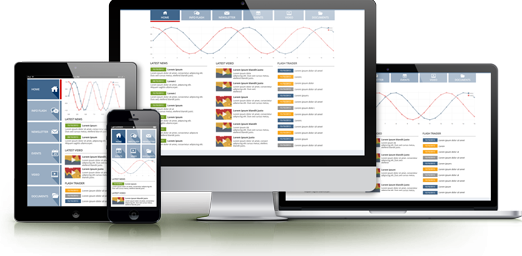
16 Sep Customer Experience Management (CEM)
Customer experience management is the art and science of managing all customer interactions across all touch points.
Customer experience is measured as the total value proposition delivered to the customer—both from physical attributes such as time and quality and from the emotional attitudes held by the customer.
Customer experience measurement goes beyond customer satisfaction, to include the 5 P’s — Strong Preference, Premium Price, Portion of Budget, Permanence of Relationship and Promotion to Others.
Another key customer experience measurement factor is customer memory. For example, for each customer interaction, did the supplier create a 10 year memory or a 10 second memory in the mind of the customer. Only the former will contribute to customer loyalty, continued purchases and little or no consideration of competitor solutions.
Customer experience programs address the business problem of commoditization. When companies are asked for discounts, it’s usually a sign that the customer doesn’t see the value. To show increased value, companies can invest in greater cost of sales, or invest in innovation and delighting their customers.
The cost of doing nothing or not implementing a customer experience program, while failing to deliver a consistent and differentiated customer experience, or the Return on Nothing, results in daily erosion of continued customer purchases, continued discounting to close business, reduction in customer share and ultimately increased customer churn. Mediocre, inconsistent and undifferentiated customer service is an invitation for your customers to shop their purchases with your competitors.
Strong Relationships are determined by actions.
To kick off a customer experience program, and make the transition from customer focus as a tag line or inspirational mantra to a disciplined program that can be measured and refined, begin by calculating the cost of doing nothing. When businesses understand this cost, and how much value they are leaving on the table, they can determine the right amount of investment. Then consider the organizational change required to transform from a product-centric company to a customer-centric company. Change must address incentives, staff education, new measurement metrics, breaking down silos and learning from customers which touch points actually build loyalty and which don’t. Finally identify those processes that are holding back employees from delivering exceptional customer service.
Customer experience metrics should be customer-focused and not internally based. For example, call center average handling time is irrelevant to the customer, while first call resolution is important to the customer. Other metrics methodologies include traditional Net Promoter Score and loyalty indexes.
Common mistakes when implementing a customer experience program include putting technology ahead of strategy, under-resourcing the program, falsely believing you are already delivering differentiated customer experiences, failing to measure the emotional customer attributes in addition to the physical, making only superficial changes or rolling out new branding instead of changes to business processes and celebrating improvements to what customers view as table stakes (such as fixing processes that never should have been broken in the first place).
Capture Customer Actions, not Customer Perceptions.
Key Performance Indicators (KPI’s):
- Work around customer numbers. Not operational numbers
- Customer Perception: Willingness to recommend (UX)
- Customer Action: Customers will pay a premium
